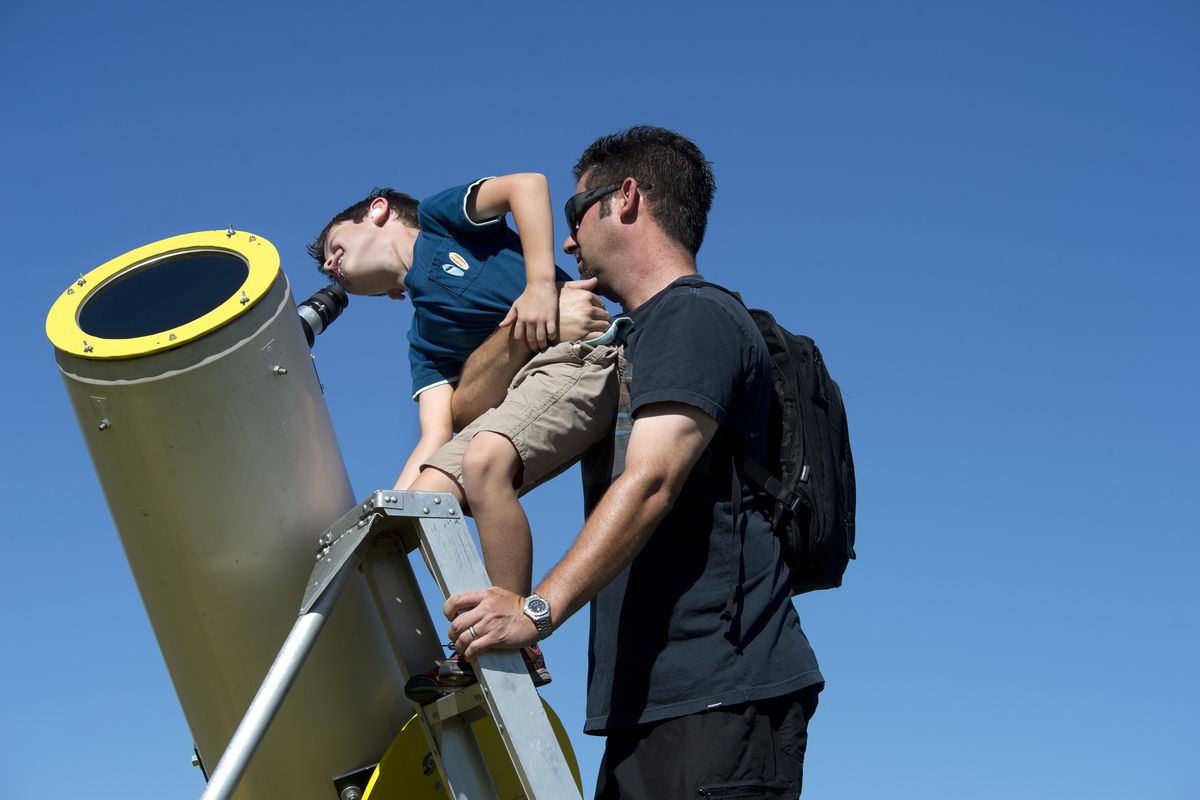Take it outside: Spark your kids’ imaginations with an outdoor science adventure

An ant farm I had as a child kept me mesmerized while I watched the industrious insects dig their sand tunnels.
In retrospect, I’m surprised it even was allowed inside our home, but obviously I haven’t forgotten it.
July and August bring plenty of chances for children to be budding scientists with similar ideas. Yes, that’s mostly outside fun.
Trying new things this summer such as stargazing and exploring wildlife gives kids more reasons to go on an adventure in the outdoors.
Young scientists
Some outdoor science can involve kids who want to make a difference. At scistarter.org, anyone can participate as resident scientists in collaborative projects to document changes in nature, take photos of clouds and streams or track wildlife.
For example, you can search the website to find the Pacific Northwest Bumble Bee Atlas as a collaborative project to track and conserve the bumble bees of Oregon, Washington and Idaho.
For that hands-on near home, many outlets still sell those ant farms, such as from nature-gifts.com in Bremerton. The site says it ships “live Red Harvester Ants” and food with the kit in three to five days but warns to wait for days below 85 degrees.
The store’s other nature kits help kids learn about butterflies, worms or frogs. Coloring pages and insect information are found at learnaboutnature.com.
Also, check out the West Valley Outdoor Learning Center online, which has “Live on Fridays” with YouTube videos about local plants and animals. Recent posts showed the top 10 birds of Washington state and wildflowers found on a hike of Tubbs Hill in Coeur d’Alene.
Stargazing
The Spokane Falls Community College Planetarium offers several online resources for students who want to know more about stargazing, planets and space.
Go to the links at sfcc.spokane.edu/for-our-students/around-campus/planetarium/resources-for-educators.
To find objects visible in the night sky for the current week, check skyandtelescope/observing/ataglance or timeanddate.com/astronomy/night/.
Of course, Mom or Dad can help with an app to identify stars and constellations when you hold a smartphone upward toward the night sky.
Popular apps include Sky Guide or SkyView.
NASA offers an app with handy stargazing tools, as well.
Nature scavenger hunts
You can have kids help create a bingo-like card with squares and images to check off in a game of finding certain birds, flowers and plants in a nature walk.
Another option is to find a nature scavenger hunt checklist from online sources. It’s no longer Earth Day, but the Spokane County Library District created a blog that works on any nice day with easy ways to celebrate and explore our world with kids.
Check off the pictures of nature when children see a butterfly, stream, favorite insect, plants and trees.
Perhaps the first one to complete a grid gets to pick the flavor of ice cream to buy on the way home.